This part of the present article is based on a patent application filed by Boeing in 1989 (US 4,802,639). This system is described in two variations, the one with an orbital vehicle that uses a liquid fuel rocket engine and the other with an orbiter using a scramjet. The carrier mothership is similar in both derivatives.
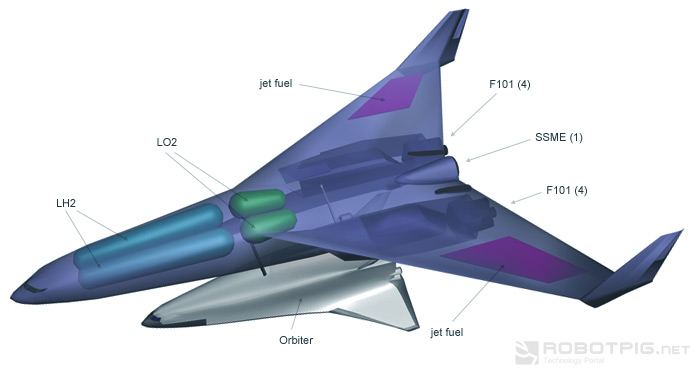
The carrier is quite a large aircraft; it houses 8 jet engines and a liquid propellant rocket engine. The fuel tanks for the rocket engine are placed in the front part of the fuselage and the tanks for the jet engines are inside the wings. The jet engines are housed in two quad sets under the wings and the patent refers to a GE F101 as a proposed engine. It is worth mentioning that the 2.2 mach B-1B bomber uses only 4 of these jet engines. The single rocket engine is placed at the upper rear end of the fuselage and it is an SSME of Rocketdyne as used in the Space Shuttle. This engine uses liquid oxygen and hydrogen and is also fully throttlable.
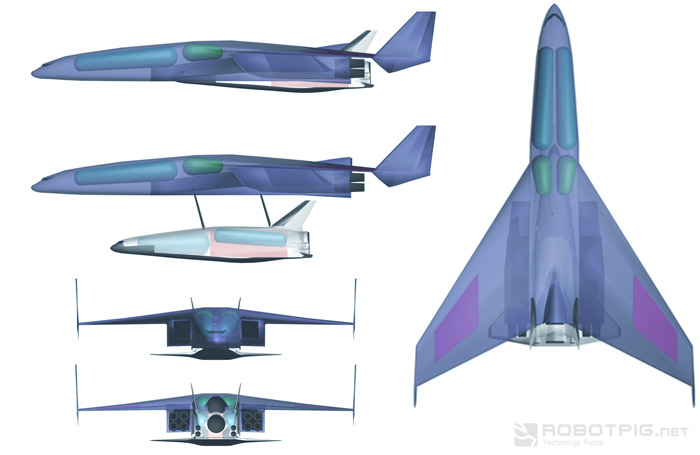 Between the two jet engine housings there is a large cavity in the fuselage where the orbital vehicle is carried conformaly. This cavity is big enough in order almost the entire orbiter to fit in. Thus it is very easy during the assembly on the ground to roll the orbiter underneath the carrier by using its own landing gear.
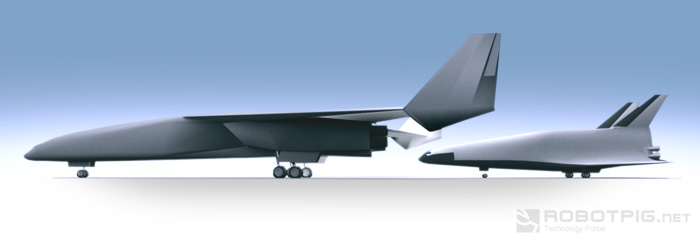 The orbital vehicle is a winged aircraft with its own propulsion system and landing gear, as already mentioned. It also uses an SSME engine and it has a cargo bay between the two main fuel tanks inside the fuselage. For orbital and re-entry manoeveurs it also has 4 smaller rocket engines in the aft part of the fuselage.
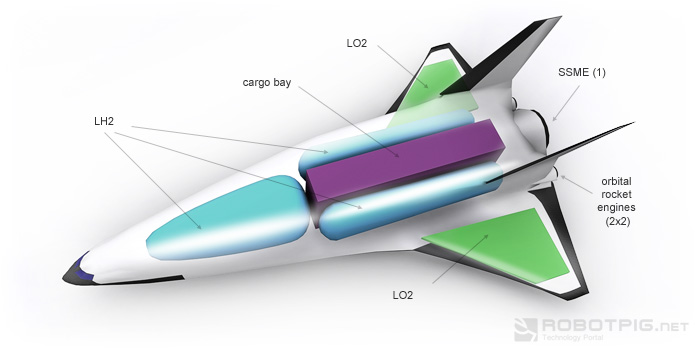 Flight Profile.
Flight Profile.The two aircraft connected together are jointly take-off horizontally as a conventional airliner by using only the 8 jet engines of the carrier.
.
At an altitude of 30.000ft and a velocity of 0.85 mach the two rocket engines are activated.
One very crucial point of the design is the interconnection between the rocket propellant tanks of the carrier and the orbiter. The fuel line is using primarily the carrier tanks to feed both vehicles' rocket engines and when it is time for the orbiter to detach it has a completely full tank.
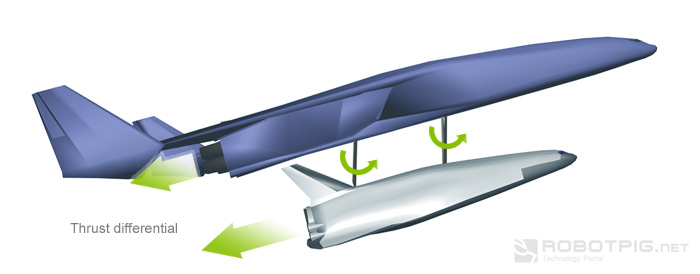
The separation between the two vehicles occurs at 103.000ft and a velocity of 3,3mach. To initiate the process the carrier reduces its thrust to create a thrust differential between itself and the orbiter. The latter rolls out following the circular path that the two supporting struts dictates. The connecting rods in the orbiters upper surface are designed in a way to sustain no force when the strut angle is almost 90 degrees or more. So when the orbiter rolls out low and front enough it is released automatically from the mothership and resumes ascending to orbit with its tanks full of propellant.
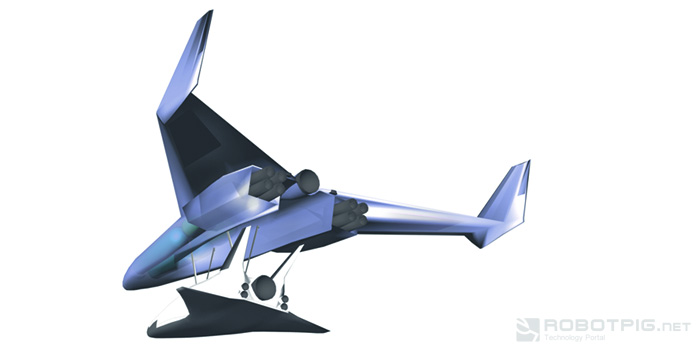
The carrier mothership continues to ascend by its momentum and it reaches a maximum altitude of 127.000ft with an airspeed dropped at 2.84 mach and then it starts to descend in order to land as a conventional airplane.
The orbiter ascends until it enters to orbit. After it accomplish its mission, it performs a re-entry maneuver by using its auxiliary rocket engines and by following a high-drag flight profile it is entering the earths atmosphere gliding while reducing its airspeed (similarly to the space shuttle orbiter) until it finally lands horizontally. |